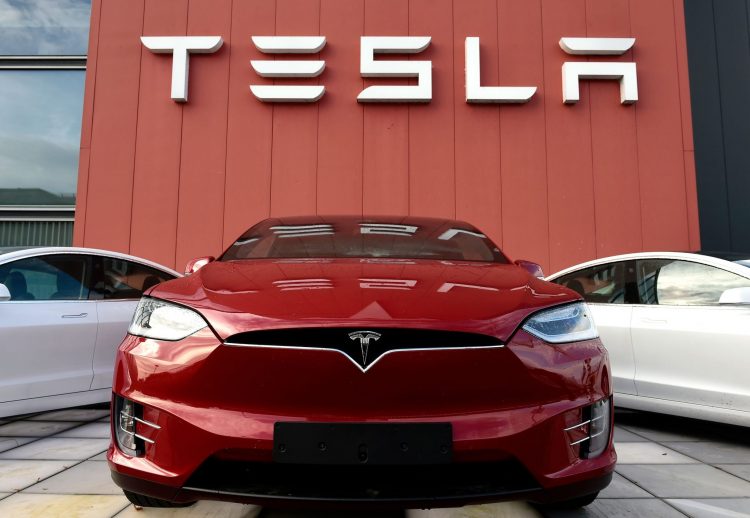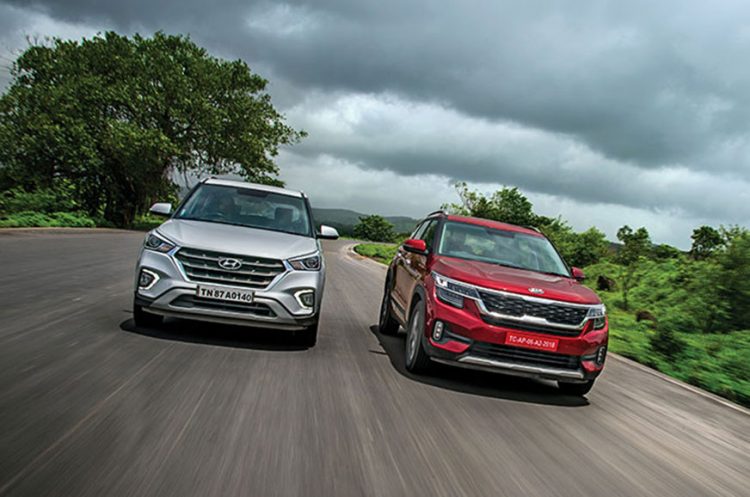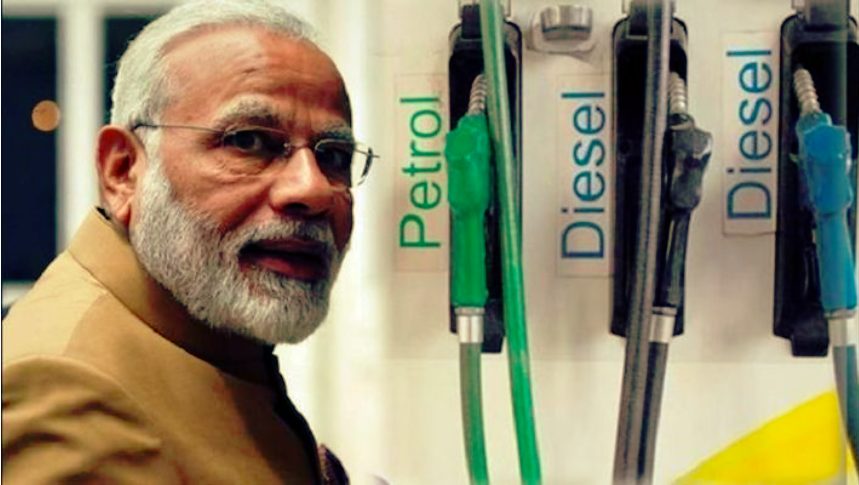Utility vehicles are gaining massive traction in the Indian car market and are now as popular as entry-level and small cars here.
Production of such vehicles in all of 2022 was nearly as high as lower-end passenger vehicles with SUVs of all shapes and sizes dominating the demand trend.
But how does the government view SUVs at a time when brands are even marketing small cars as SUV
And more importantly, what is the GST or Goods and Services Tax on such vehicles.
Last month, the GST Council sought to clarify how GST is imposed on vehicles of different shapes, sizes and varying engine capacities.
Currently, vehicles with engine capacity of over 1,500 cc and measuring over 4,000 mm in length and having a ground clearance of over 170 mm attracts 28 per cent GST and a 22 per cent cess.
But different states may have different definitions for SUVs, leading to a lack of clarity.
Finance Minister Nirmala Sitharaman has explained in the particular case of an SUV, if it measures over 4,000 mm in length, has a ground clearance of over 170 mm and an engine capacity of over 1,500 cc, it will attract 22 per cent cess.
If a vehicle does not meet with even one of these four factors, then it won’t be considered as an SUV, at least not for official and for taxation purposes.
This means that enormously popular sub-compact SUVs like Tata Nexon, Maruti Suzuki Brezza, Hyundai Venue, Kia Sonet, among others, are not – technically speaking – classified as SUVs.
According to Vivek Johri, Chairman of Central Board of Indirect Taxes and Customs, if a car does not meet any of the four criteria, then a lower cess is applicable.









